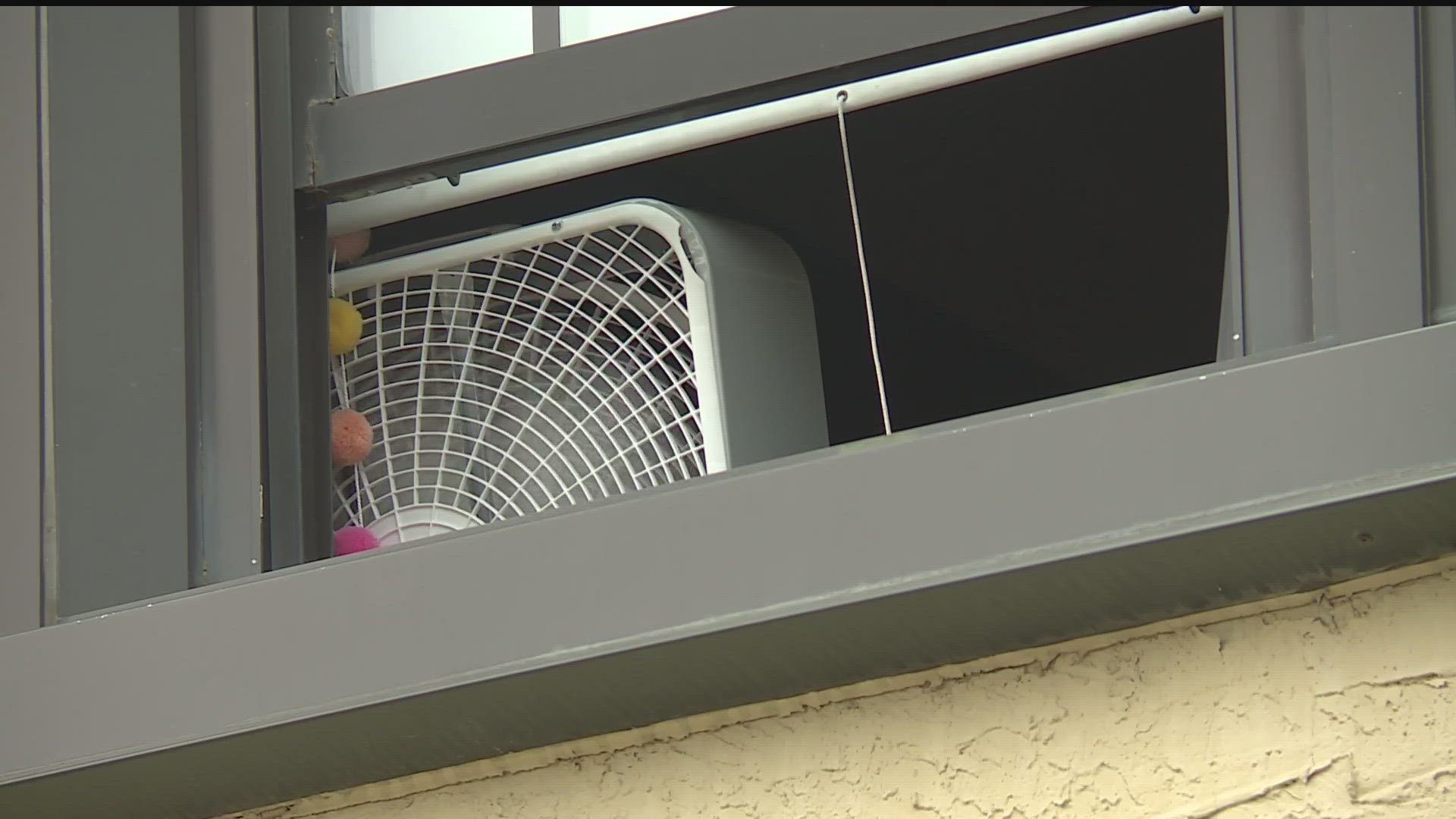SAINT PAUL, Minn. — Our stretch of above-average temperatures is creating challenges for some students and teachers in the Twin Cities.
57% of the schools in the Saint Paul Public School District (SPPS) have air conditioning.
A spokesperson with Minneapolis Public Schools (MPS) says 13 of their schools don’t have AC either.
Tom Parent is the Executive Director of Operations and Administration at SPPS.
He says adding air conditioning to old buildings can be costly and challenging.
“It’s frequently a multi-million-dollar process,” Parent says.
“Our buildings vary in age from about 1890 to brand new. Being able to understand what each building is going to take is certainly an in-depth process.”
Over the last five years, Parent says SPPS has installed air conditioning systems in 13 buildings in the district.
He says these new systems have added nearly a million square feet of air-conditioned space to the district.
SPPS also has funding set aside to bring air conditioning to an additional 10-12 buildings between now and 2025.
Parent says most of those buildings will have air conditioning systems installed by the end of this summer.
“Each building is unique and affords its unique challenges,” Parent explains.
SPPS has a policy that states summer school classes can only be hosted inside buildings that have air conditioning.
Lindsey Clayton-King teaches summer school, but during the regular school year she teaches kindergarten at Randolph Heights Elementary.
The school was built in 1916 and doesn’t have air conditioning.
“In my classroom right now, we have fans set up and I keep the lights off and it’s actually nice and cool,” Clayton-King says.
She says the classroom can get warm at times, but the heat has never been unbearable.
“So far it hasn’t been a problem this year,” Clayton-King says.
Administrators at Randolph Heights Elementary have come up with some unique strategies to cool down the building during the last few weeks of the school year.
Parent says administrators will close the blinds to keep the sun light out of the building.
Administrators will also open some of the windows at night so the cold night air can cool down the building overnight.
“Overnight they are pulling in that cool night air to essentially get our buildings down to as low of a base operating temperature at the start of a school day every day,” Parent explains.
In recent years both SPPS and MPS have had to cancel school due to excessive heat.
Officials from both school districts say they’re not worried about cancelling school this year, because the forecast next week is looking mild right now, but there’s always a chance that a sudden heat wave could come in before the end of the school year.
“We’re always watching the weather and the heat index. When there is an excessive heat warning the superintendent will consider changing the learning plan for a period of time to keep our students comfortable and safe,” Parent says.
At SPPS they follow the National Weather Service Heat Index to decide whether they should cancel school or not.
The index looks at both heat and humidity to show what the weather actually feels like inside a building without air conditioning.

